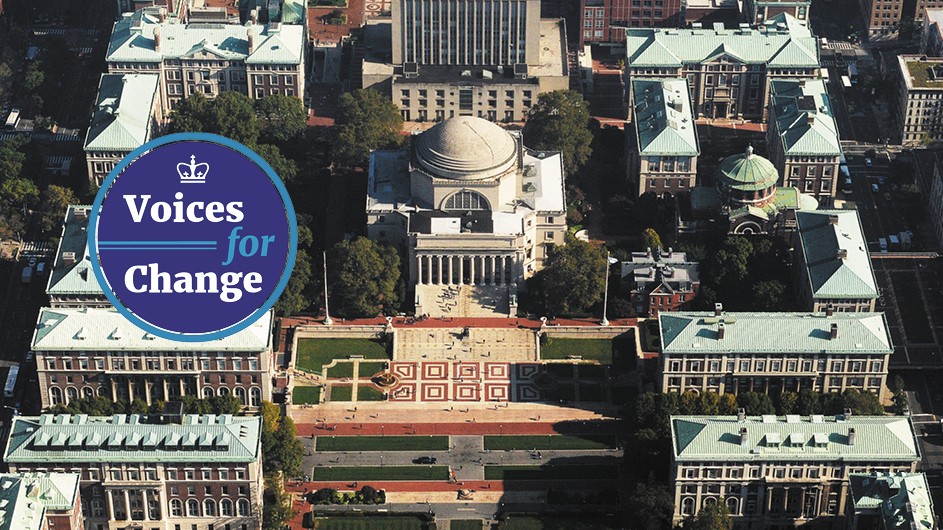Voices for Change

Maria Victoria Murillo, Professor of Political Science and International and Public Affairs, and Director of the Institute of Latin American Studies
We Must Change Social Norms
To create a really inclusive antiracist culture requires changing social norms given the systemic nature of racism. Faculty recruitment and faculty role-modelling are crucial in that endeavor. At the university level, it is vital to engage departments in cluster multidisciplinary hiring to increase diversity.

Departments also need serious discussions of climate and culture, what they teach, and how they teach it, and how prior biases on the curricula had affected decisions of what becomes mainstream (in academic disciplines like Political Science) or what policies are pursued as a result (in professional schools like SIPA). Course offering and programming are intimately tied to faculty resources as well as student recruitment. It is important that those under represented minorities do not feel isolated, which requires both a critical mass and cultural change from their peers.
As an institute director, I also think, it is my responsibility to consider racism in our programming and on the visiting scholars or professors we invite, especially because the Institute of Latin America Studies shares a hemispheric history of slavery and its legacies with the United States. Thus, we can put the U.S. experience in comparative context by highlighting the distinct patterns that systematic racism took across the two regions and what can be done to address it. Lessons from the North and the South on equal terms are crucial to overcome the historical hierarchies built on racism since the time of the Conquest.
Develop Strategies to Increase the Pool of Minorities
The difficulties for recruitment at a time of increasing competition, which should make us develop strategies for increasing the pool of underrepresented minorities among undergraduate and graduate students. Working with bridge programs at the high schools and college level while hiring faculty beyond our peer institutions is crucial because those universities have traditionally been less open to Afro-descendants and other minorities because of structural racism embedded in the educational system.
Add Your Voice
It is also important to avoid burdening minority faculty with administration to guarantee "diversity," which makes faculty advancement harder if that administrative burden is not recognized at promotion. The university should either protect under-represented minorities in the faculty or compensate that burden by reducing other tasks. The classroom and lab experience led by under-represented minorities is vital for our students, and Columbia should strive to provide such role models.
Engage the Local Harlem Community
I think that antiracist efforts are at the core of institutional goals of fostering diversity and inclusion, especially at the current historical moment. For that reason, I think it should be more explicitly established in relation to the curricula of the core and relevant classes, which are distinctive of the Columbia experience, as well as in Columbia’s connection with the broader Harlem community.
Given the history of Columbia, its relation with Harlem is crucial for defining effective antiracist efforts to engage the local community on equal terms seeking to expand Columbia's pedagogical and service efforts. The rich history of Harlem with regards to African American and immigrant communities provides important lessons for the university’s antiracist efforts. The university goals of diversity and inclusion should be felt by its whole community, including those involved in academic and non-academic tasks as all are crucial to make the university work.